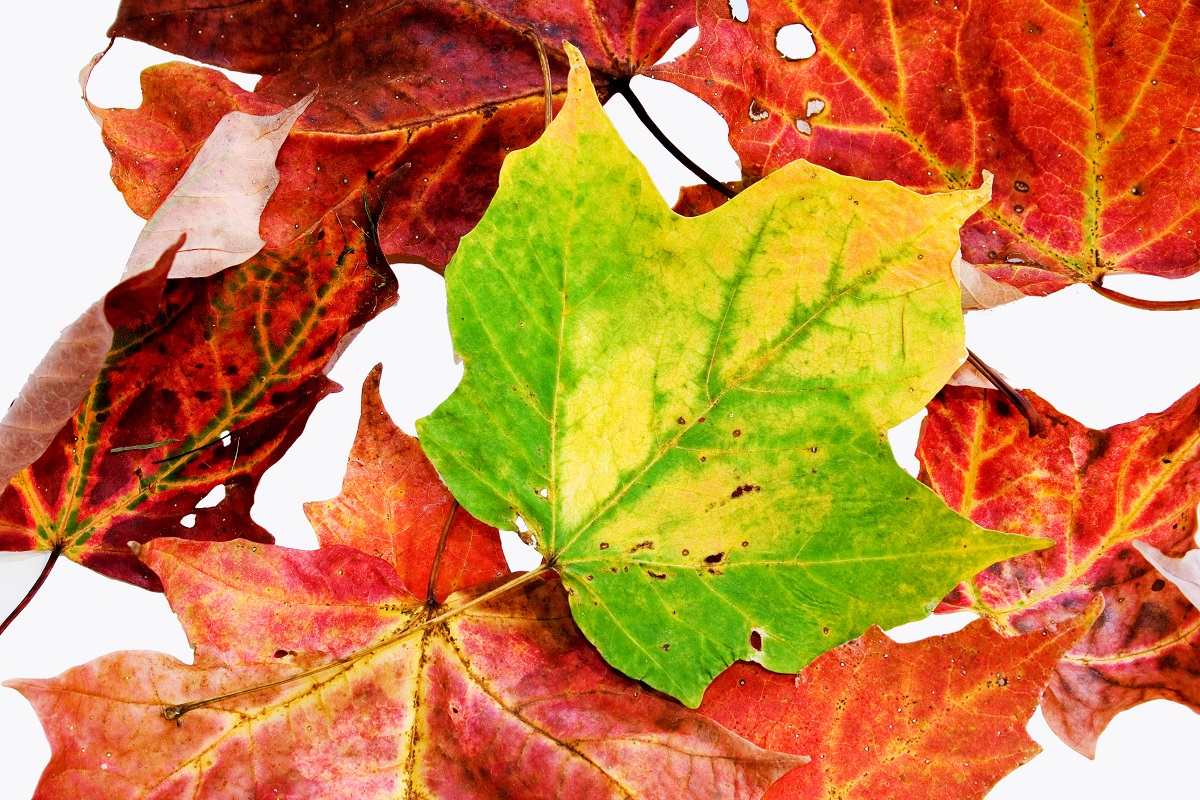I recently spent a weekend collecting snails with my four year old nephew. These ‘pets’ held his attention completely as they slid delicately along, spreading their silvery trail amongst the lettuce leaves we picked.
Patterns in nature have a quiet fascination for me. Since a child on family walks, I have always collected leaves, feathers, and stones – captured by their colour, texture and variety. When I stop to turn them over in my hand I can get lost in their tiny universe.
These simple gifts from nature are all around us. Yet how often do we stop to marvel in them and the little tiny details that make up our world? And what does their sacred geometry have to teach us?
Bio-mimicry is starting to unlock and imitate the nature’s secrets. And artists have always tried to capture the mysteries of life in myriad forms. Nature has always been our greatest muse.
Thankfully you don’t need to be an artist or a scientist, these are delights we can all revel in if we remember the child in us. We don’t even need to be in a park or nature reserve. They are right there in our streets and gardens.
When we fail to stop and notice the tiny miracles that surround us each day – a spider spinning her web, a beetle’s exoskeleton, a currawong carolling outside our door – what else are we missing in our encounters with other people, situations and things?
Isn’t it time to reclaim your curiosity and sense of wonder. This can only happen when you slow down and tune in to the world around you once more. Who can say what you might uncover outside your door.
By changing our own habitual patterns of behaviour we can learn to see and experience more beauty. A shift in perspective is all that is required.
Although he never specifically mentioned a snail, that grand old mystic and poet William Blake captured it perfectly:
To see a World in a Grain of Sand
And a Heaven in a Wild Flower,
Hold Infinity in the palm of your hand
And Eternity in an hour.
